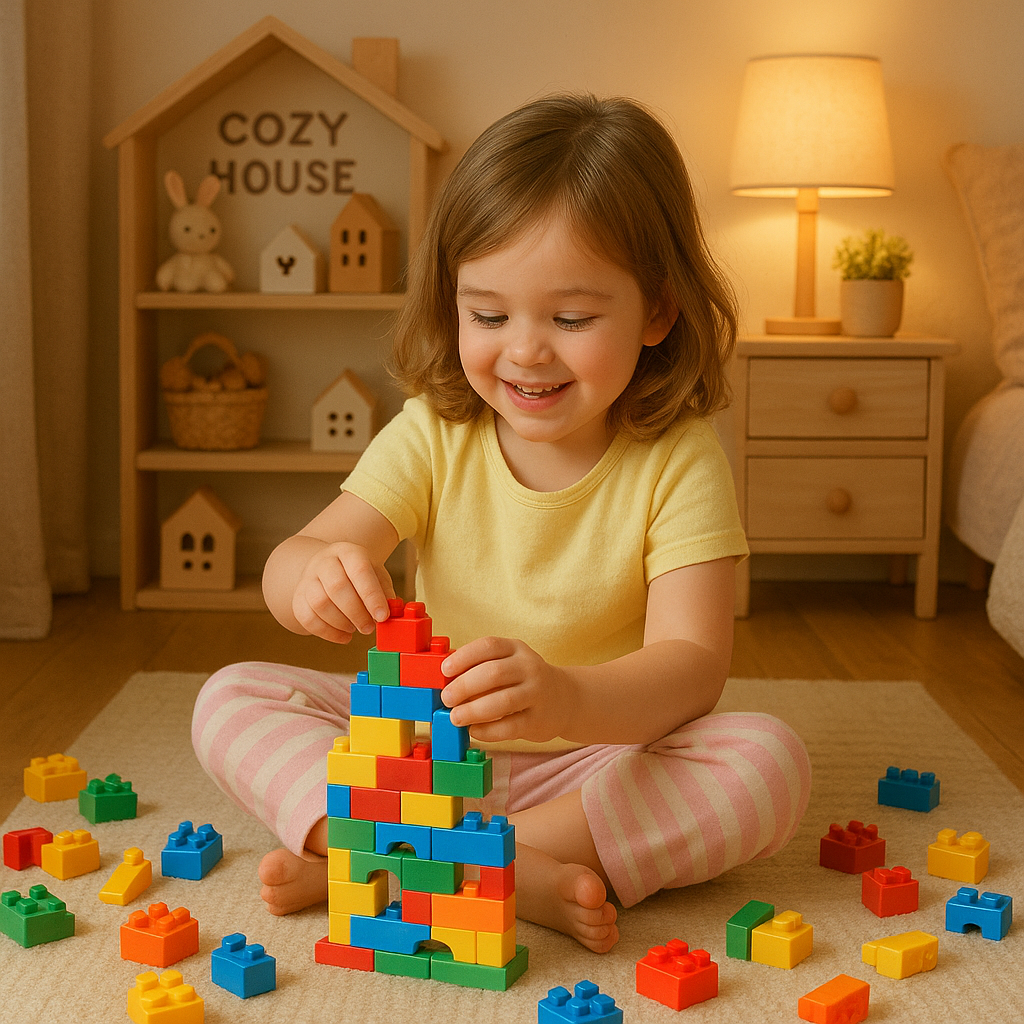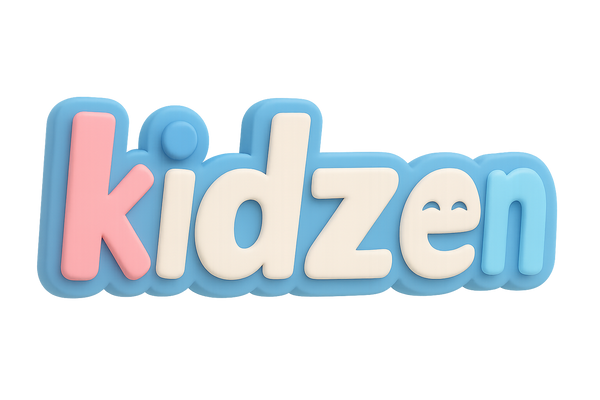
Building Minds: The Cognitive and Emotional Benefits of Construction Play for Children
Share
From stacking blocks to assembling magnetic tiles or LEGO pieces, construction play—also known as building play—is far more than a simple pastime. It fosters a range of developmental benefits, including spatial reasoning, problem-solving, social collaboration, and even emotional regulation. Backed by scientific studies, this type of play can profoundly shape how a child learns and interacts with the world.
🧠 1. Enhances Spatial Reasoning and STEM Skills
Construction play directly stimulates spatial awareness, which is foundational to later success in mathematics, science, and engineering.
-
A landmark study by Wolfgang et al. (2001), published in Early Childhood Research Quarterly, found that preschoolers who frequently engaged in block play scored significantly higher on standardized math tests in high school.
-
Another research by Verdine et al. (2014) in Child Development highlighted that building complex structures improved mental rotation and visual-spatial working memory, critical for early STEM readiness.
🧩 2. Develops Fine Motor Skills and Hand-Eye Coordination
Manipulating small pieces to create structures strengthens finger dexterity and motor planning.
-
A 2017 study in the Journal of Motor Behavior found that children who regularly played with construction toys demonstrated better manual dexterity and bimanual coordination compared to peers who preferred screen-based play (Boudreau et al., 2017).
-
Activities like snapping, stacking, or interlocking pieces help children develop the muscle control needed for writing and other fine motor tasks.
💡 3. Fosters Creativity and Problem-Solving
Building play encourages open-ended exploration—a key trait in divergent thinking.
-
According to a 2013 review in Learning and Instruction, children exposed to open-ended construction tasks were more likely to generate multiple solutions to a problem, an indicator of creative flexibility (Zhou et al., 2013).
-
Kids also learn how to self-correct. When a tower falls, they try again. This builds resilience and a growth mindset.
👧 4. Promotes Language and Social Skills
Collaborative building projects foster turn-taking, negotiation, and language development.
-
Research in Developmental Psychology (2015) found that group-based LEGO activities enhanced cooperative play, use of descriptive vocabulary, and overall verbal fluency among children aged 4–6 (Ramani et al., 2015).
-
Children learn to explain their designs, listen to others’ ideas, and constructively resolve disagreements.
😊 5. Supports Emotional Regulation and Focus
Surprisingly, building activities can calm children and increase attention spans.
-
A 2021 article in Frontiers in Psychology noted that focused construction play helped children—especially those with ADHD—improve task persistence, reduce anxiety, and develop better executive functioning (Murray et al., 2021).
-
The repetitive, tactile nature of assembly play can act as a form of mindful play, much like drawing or clay modeling.
✅ Summary of Benefits
| Domain | Benefit |
|---|---|
| 🎯 Cognitive | Spatial reasoning, STEM skills |
| ✋ Physical | Fine motor development |
| 🎨 Creativity | Flexible problem-solving |
| 🗣️ Social | Communication and collaboration |
| 😌 Emotional | Calm focus, resilience |
🧾 Tips for Parents
-
Provide a mix of structured and unstructured building materials (blocks, bricks, magnetic tiles).
-
Encourage storytelling with creations ("What is this house for?" "Who lives here?").
-
Build together—children often imitate and learn from adult models.
-
Celebrate effort, not just results!
